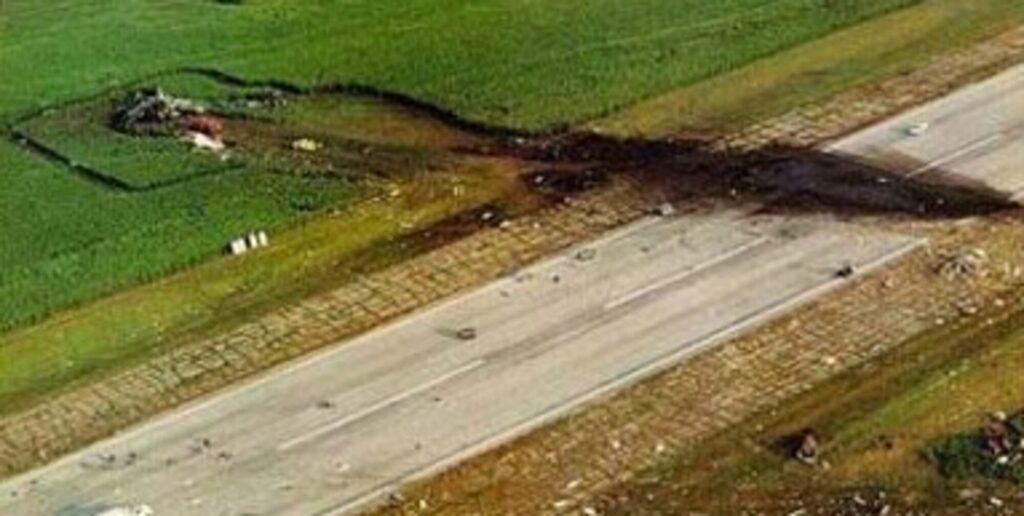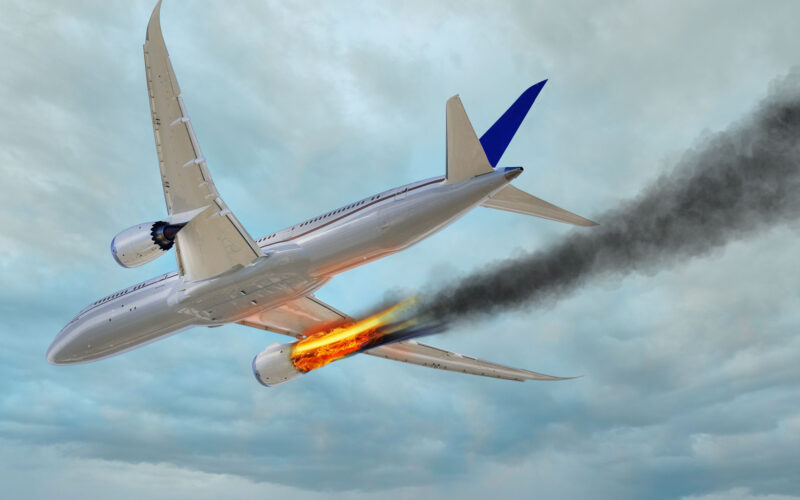The aviation industry operates under strict safety protocols to ensure the well-being of passengers and crew members. In emergency situations, swift communication is crucial for summoning assistance and saving lives.
The Mayday distress call, an internationally recognized signal, plays a pivotal role in aviation emergencies. This article will explore Mayday history, its significance in the aviation industry, real-life applications used by pilots, and other calls used in aviation.
Mayday history
The term ‘Mayday’ originates from the French phrase ‘m’aider’ which means ‘help me’. It was first adopted as a distress signal for aviation in the early 1920s. The credit for its implementation goes to Frederick Stanley Mockford, a senior radio officer at London’s Croydon Airport. The term was chosen because of its distinctive sound and clarity, making it easily recognizable over radio transmissions.
The frequencies 121.5 MHz and 243 MHz are designated as emergency frequencies in aviation. They are left unused for regular communication and are constantly monitored by air traffic control (ATC) for distress calls. The pilot’s emergency locator transmitter (ELT) is designed to broadcast distress signals over these frequencies when activated.
Need and significance in the aviation industry
The introduction of the Mayday distress call in aviation was in response to the growing need for a standardized distress signal. As air travel became more prevalent, incidents such as plane malfunctions, in-flight emergencies, and potential crashes required a universally understood call for help. The Mayday call filled this void, ensuring that distress situations were immediately identified, and assistance was promptly dispatched.
The significance of the Mayday distress call lies in its simplicity and widespread recognition. It serves as a clear indication that a plane is in dire trouble and requires immediate attention. By using Mayday, pilots can cut through radio traffic, capturing the attention of ATCs, fellow pilots, and emergency services. This standardized distress call significantly enhances the effectiveness of rescue and recovery operations.
How is Mayday used in real-life scenarios?
When faced with a critical situation, pilots are trained to follow strict protocols, and the Mayday distress call is an integral part of these procedures.
Mayday distress call procedure:
- The pilot, upon encountering an emergency, will declare “Mayday, Mayday, Mayday” three times to ensure clarity.
- This is followed by the aircraft’s callsign and position, providing vital information to ATC and other nearby aircraft.
Initiating emergency response:
- Upon receiving a Mayday distress call, ATC immediately takes action to coordinate the emergency response.
- Nearby aircraft are alerted to the emergency and may alter their routes to avoid the affected area.
- Rescue services, such as fire and medical teams, are mobilized to stand by for the aircraft’s arrival.
Real-life examples
A number of real-life incidents have demonstrated the critical importance of the Mayday call in the aviation industry.
Here are two notable examples:
United Airlines Flight 232 (1989):
- During a flight from Denver to Chicago, the DC-10 aircraft experienced an engine failure that caused the loss of all hydraulic controls.
- The pilots declared a Mayday distress call, alerting ATC and emergency services.
- Despite a crash landing in Sioux City, Iowa, the effective use of the Mayday call ensured that rescue operations were quickly initiated, resulting in a remarkable survival rate among the passengers.

Miracle on the Hudson (2009):
- US Airways Flight 1549 struck a flock of geese shortly after takeoff, causing both engines to fail.
- The pilot, Captain Chesley ‘Sully’ Sullenberger, declared a Mayday distress call and skilfully executed an emergency landing on the Hudson River in New York.
- The successful use of the Mayday call allowed emergency services to swiftly respond, resulting in the safe evacuation of all passengers and crew.

Other calls used in the aviation industry
While the Mayday distress call represents a critical emergency situation in aviation, it is not the only call used to communicate varying levels of urgency or distress.
The severity or criticality of calls in the aviation industry is classified into three distinct categories: Mayday, Pan-Pan, and SECURITE.
Mayday (distress priority):
The Mayday call is reserved for the most severe and life-threatening emergencies. It is used when an aircraft or its occupants face imminent danger and require immediate assistance. Mayday calls are typically made in situations where there is a risk of crashing, a significant loss of control, or any other grave threat to safety.
Pan-Pan (urgency priority):
The Pan-Pan call is considered a step below the Mayday call but still signifies an urgent situation. It is used to communicate an important issue that requires immediate attention but does not pose an immediate threat to life or the safety of the aircraft. Pan-Pan calls are made in situations that require prompt assistance, such as a mechanical failure or a passenger experiencing a medical emergency.
SECURITE (safety priority):
The SECURITE call is used to broadcast important safety information to all aircraft in a specific area. It is not a distress call but is intended to alert pilots to potential hazards or important safety-related information. SECURITE messages are often used to communicate information about weather conditions, navigational hazards, or other significant safety concerns which may affect aircraft in the vicinity.

